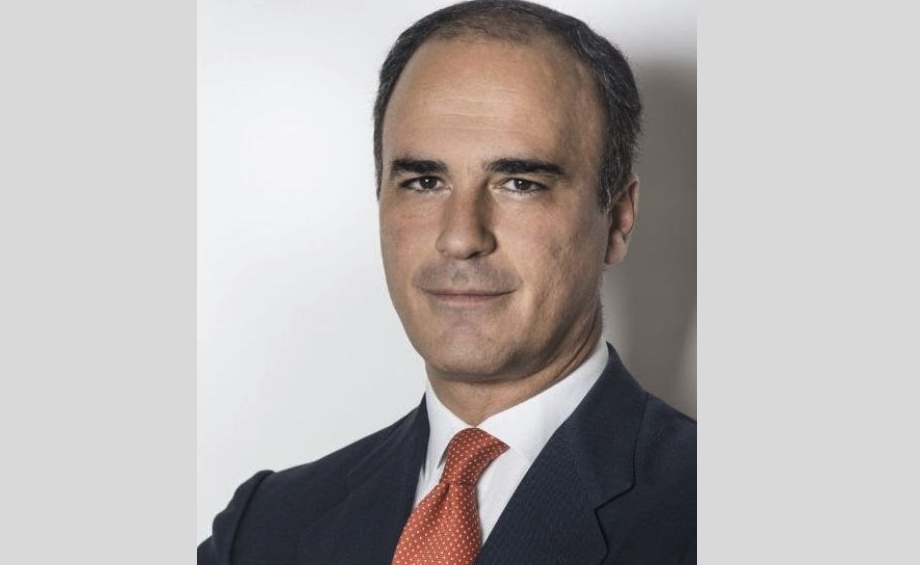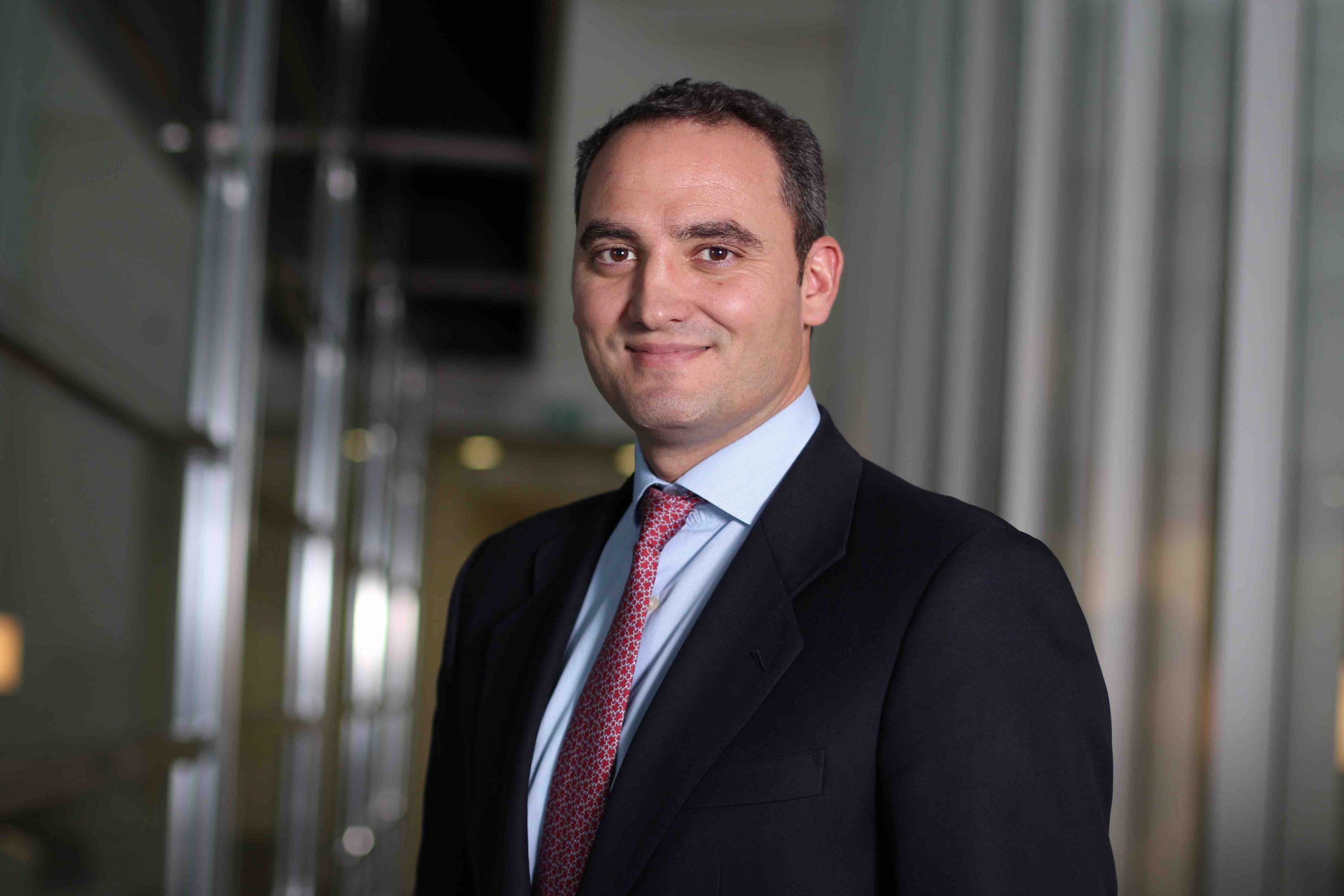Juan Sánchez del Campo se incorpora a Renta 4 en la nueva unidad de Soluciones a Clientes
| Por Alicia Miguel | 0 Comentarios

Renta 4 Banco da un paso más en su empeño por ofrecer el mejor servicio a inversores y ahorradores, poniendo en marcha la Unidad de Soluciones a Clientes (Client Solutions) e incorporando a Juan Sánchez del Campo para liderar esta área, como director de Client Solutions.
La división, que ya está operativa, se constituye con una función transversal y trabaja de forma cercana y coordinada con todas las áreas del Grupo que forman la cadena de valor en la relación con el cliente. Su misión será la de analizar y entender los diferentes segmentos de clientes de la entidad, e identificar sus necesidades para adecuar la oferta de productos y servicios aportando el máximo valor.
Así pues, desde la nueva división se orientan las soluciones, y por ello los esfuerzos comerciales y de marketing, de la compañía para llegar de forma adecuada y personalizada (canal, mensaje, experiencia de contratación…) a cada segmento de cliente. Esta actividad se desarrolla tanto sobre los clientes actuales como sobre los nuevos inversores que llegan a la entidad.
El nuevo director del área de Client Solutions, Juan Sánchez del Campo Redonet, se incorpora a Renta 4 Banco procedente de Santander Global Wealth Management donde era director de Digital Private Banking. Anteriormente, Sánchez del Campo fue director de Productos de Recursos en Santander España así como responsable de Fondos de Inversión y Depósitos. El director es, además, licenciado en Derecho por la Universidad de Navarra, MBA por IE Business School y ha finalizado el Corporate Leadership Program de IESE y Universidad de Navarra; posee también diversos títulos y acreditaciones específicas.
Con una trayectoria laboral de más de 20 años ligada al mundo de la inversión y del ahorro, Juan Sánchez del Campo afronta su llegada a Renta 4 “con una gran ilusión y con la intención de aportar los conocimientos y experiencia adquiridos en una larga carrera en este sector”, afirma el director y añade: “Creo que mi experiencia previa, en una entidad como Banco Santander, me permitirá ofrecer una visión complementaria pero dentro de los principios y de la cultura de cliente que identifica a Renta 4 y que ha contribuido desde hace tres décadas al crecimiento del Grupo Renta 4”.
Nueva unidad
Sobre la nueva unidad de Soluciones a Clientes, Sánchez del Campo asegura que “el mundo de las inversiones es cada vez más complejo, como consecuencia -en parte- del escenario de tipos de interés cero y de la inexistencia de un activo sin riesgo. Por un lado, los clientes potenciales son más y de perfiles más variados; y por el otro, existe una mayor y más compleja oferta de activos donde invertir, por lo que es necesario seguir acercando la inversión a los ahorradores y facilitando el acceso a los actuales inversores”.
Juan Carlos Ureta, presidente del Grupo Renta 4, asegura que “Renta 4 ha sabido adaptarse con éxito a todos los retos que, históricamente, se han presentado en la industria. Desde la digitalización de los servicios al comienzo de la década del 2000, al mundo post-Lehman en el que vivimos desde hace más de diez años”.
Hoy en día, “con un entorno de tipos de interés negativos, el reto va mucho más allá y debemos adaptar la oferta de servicios y soluciones a una situación cambiante y mucho más compleja”, asegura. Lo que intentamos es “adaptar al máximo las soluciones que ofrecemos a las necesidades de cada cliente, cualesquiera que sean su patrimonio o sus conocimientos financieros, ya que somos conscientes de la diversidad de perfiles en las personas que necesitan rentabilizar sus ahorros, y partimos de la premisa de que en Renta 4 Banco cada ahorrador, sea cual sea su perfil, es un gran cliente”, concluye Ureta.










